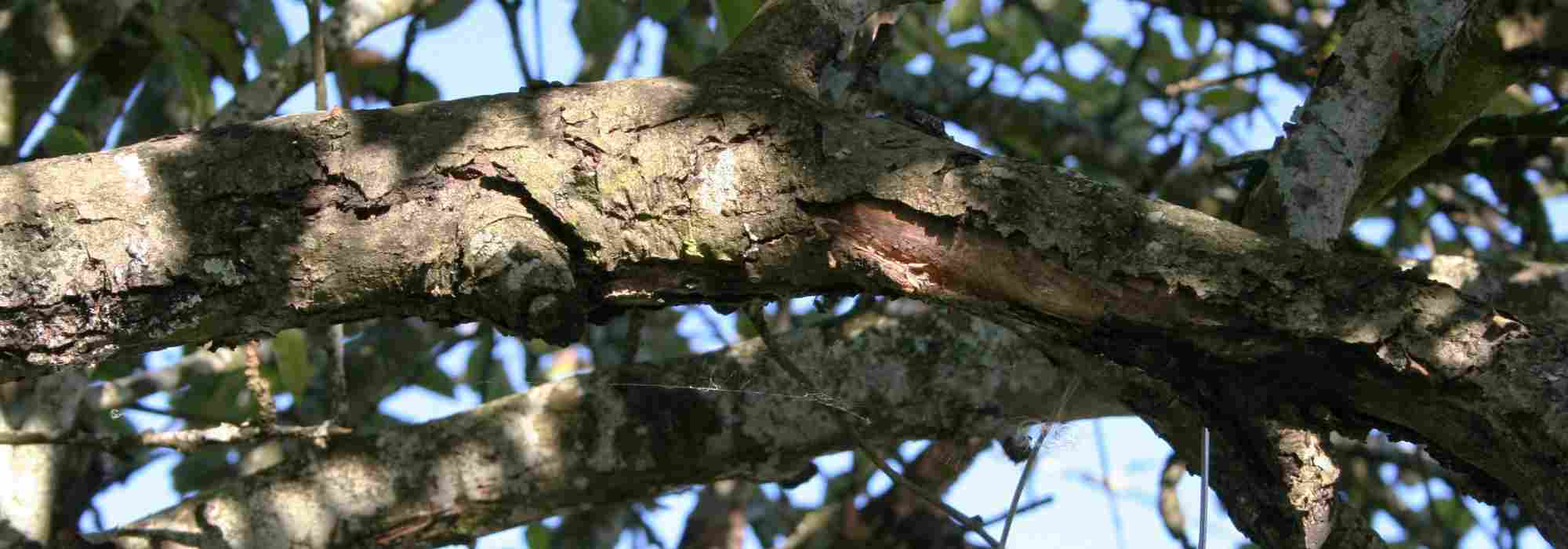
Canker of trees and fruit trees
Treatments and pest control
Contents
Canker appears as separation or drying out of bark on trunk or branches, sometimes resulting in death of branch tip or entire tree. It may be caused by various bacterium-type parasitic agents (bacterial canker on cherry, peach, apricot and plum) or by fungal agents (Nectria canker or European canker on apple and pear, Phacidiella canker on pear, peach canker, coloured canker of plane, cypress bark canker (Coryneum cardinale), poplar canker, black canker of willow, rose canker, etc.).
The disease is fairly common in fruit trees which are often subjected to pruning, creating entry points for canker pathogens. Too-late nitrogen fertilisation (July–August) can also cause failure of shoots to harden and predispose to cankers, as with roses.
Trees susceptible to canker
There are almost as many cankers as essential oils!
Canker is actually the result of infection by a fungus or a bacterium following a wound to the cambium, the layer of cells located just under the bark responsible for the thickening of the trunk and branches and for the formation of new sap-conducting cells. It can extend inward to layers of wood that no longer conduct sap.
Some diseases, such as Fire blight of Rosaceae, are not called canker but also cause necrosis of the bark accompanied by oozing of a whitish‑yellow then brown sticky liquid, tissues beneath the bark becoming reddish‑brown. Similarly, cherry shot hole disease (Coryneum beijerinckii) causes, in addition to reddish spots on foliage in summer, difficulty in callusing followed by small cankers accompanied by gum oozing.
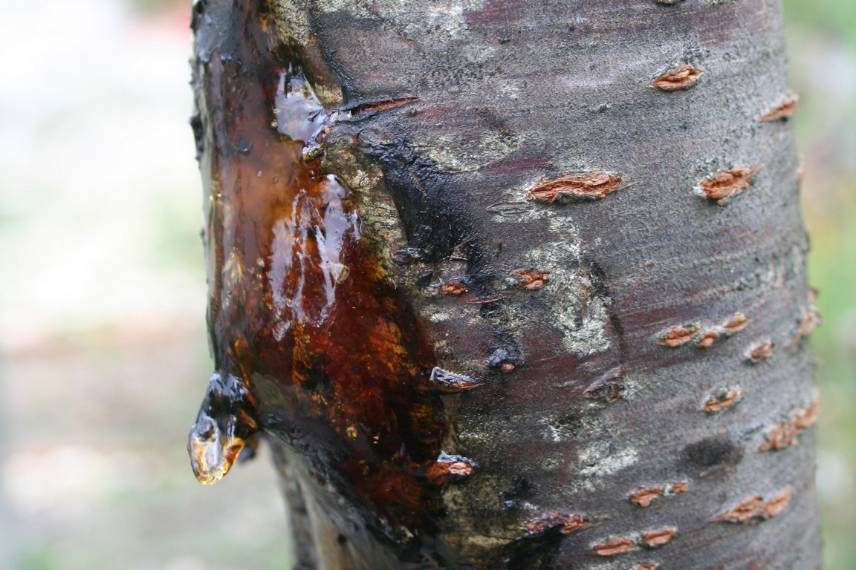
Bacterial canker on a cherry tree
How to recognise a canker?
Symptoms of a canker are more or less similar, beginning with a brownish, sunken spot on the bark followed by swelling leading to splitting of the bark, formation of cracks due to necrosis of the underlying wood often accompanied by gum exudation. Cessation of branch growth leads to the formation of flattened areas (flat zones instead of rounded ones). Gum exudation is a defence reaction to a parasitic attack but often is not sufficient to eradicate the disease.
These bark disorders are later accompanied by fruiting bodies that vary according to the pathogen or by symptoms on other organs such as leaves, flowers and fruits :
- Small whitish small cushions in spring (conidia) and small red granules in autumn (perithecia) in the case of Neonectria canker (Neonectria ditissima, syn. Nectria galligena), also called European canker or canker of pip-fruit trees (apple, pear, quince, rowan, hawthorn). The initial brown spot enlarges in concentric rings, forming corky ridges. Apple and pear fruits can show dry rot at eye and peduncle before ripeness or during storage. This fungus also attacks beech, birch, alder, maple, ash, magnolia…
- Blackish pustules caused by Phacidiella discolor canker on pear. The initial brown spot enlarges in rings.
- Leaves that yellow and roll into a gutter, possible flower abortion, gum on the canker margins are signs of a bacterial canker (Pseudomonas syringae pv. mors-prunorum), especially on sweet cherry cultivars such as Reverchon, Napoléon, Van.
- Difficult bud burst, desiccation of shoots, twigs or whole tree associated with blackish or olive lesions around buds and reddish gummy exudations are signs of bacterial decline (Pseudomonas syringae) in cherry.
Cankers have more or less serious consequences because they obstruct sap circulation and lead to death of buds, leaves, flowers, branches, even the trunk.
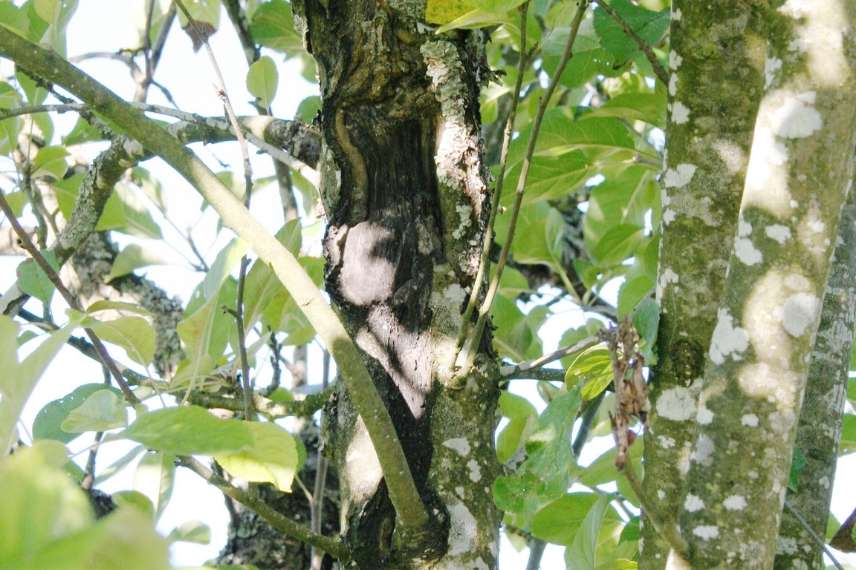
Splitting of the bark following the appearance of a canker
Discover other Shrubs
View all →Available in 0 sizes
Available in 1 sizes
Available in 1 sizes
Available in 1 sizes
Available in 1 sizes
Available in 1 sizes
Available in 1 sizes
Available in 1 sizes
Available in 1 sizes
Available in 1 sizes
What factors favour cankers?
Rainy autumns and springs tend to favour spore germination as spores are retained between scales of buds, in bark fissures and in cankers themselves that self-sustain.
All wounds resulting from pruning (performed notably during wet periods), leaf fall, shedding of scales of buds during bud burst period, thin, frost provide entry points for spores.
Stress caused by drought, poor nutrition at root level (active beneath crown), soil compaction, etc. contributes to tree weakening, making it hard to defend itself.
How to combat cankers?
The steps for treating canker are as follows :
- Where possible, remove all shoots affected by canker (depressed or blackened areas). Trunk and large branches will be preserved, hence importance of early intervention. Prune back to healthy wood (uncoloured). Use a pruning shear disinfected with vinegar (50 ml/l of water) or methylated spirits if possible between each cut. Burn pruning waste.
- Parts that cannot be removed can be scraped back to healthy wood using a small wire brush and a knife to remove torn bark. Then smear the wound with a fungicidal and healing mastic (Pelton…) or, failing that, vegetable oil.
- Then spray entire tree with a copper-based mixture (Bordeaux mixture, copper oxychloride) which inhibits germination of fungal spores and development of bacteria.
- Apply further copper treatments before, during and after leaf fall and another before budburst.
- Sometimes it is better to remove a tree and burn its branches to prevent it infecting entire orchard.
- For stone fruit trees, prune young trees in dry weather at end of winter or, better still, during summer when you carry out harvest, for example.
- Subscribe!
- Contents
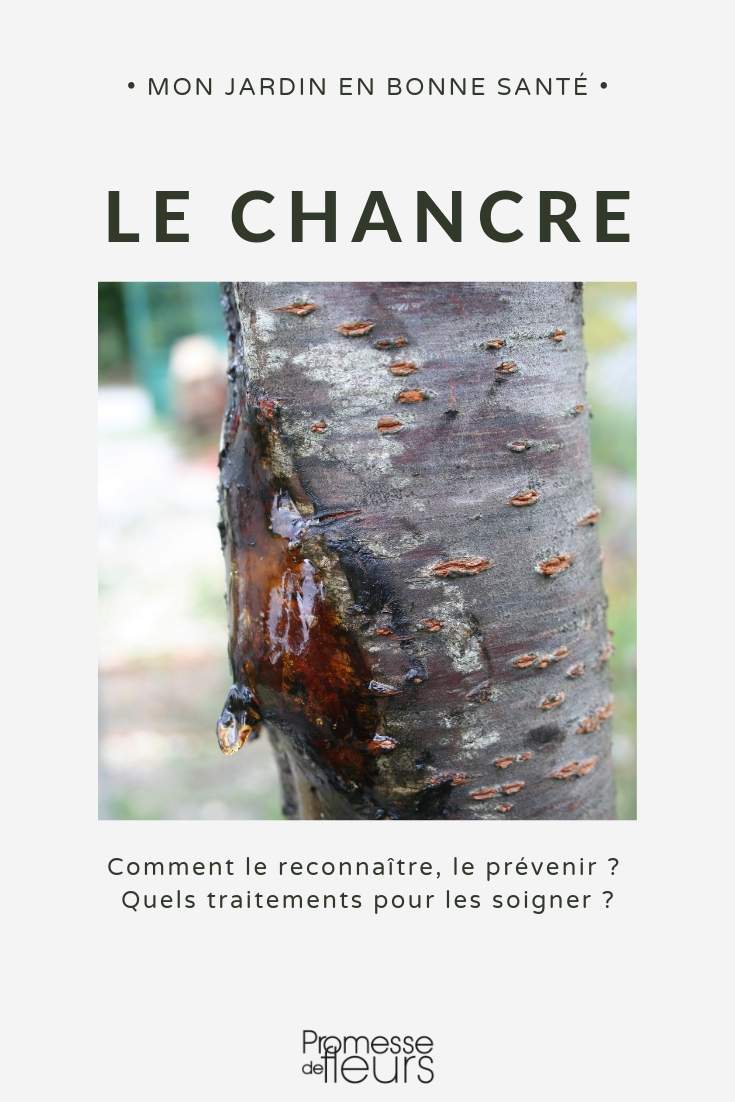
































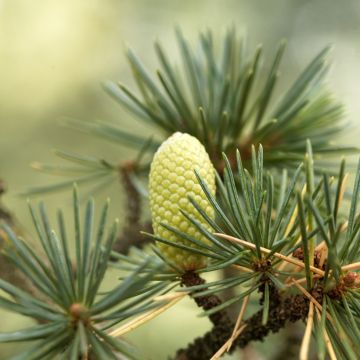
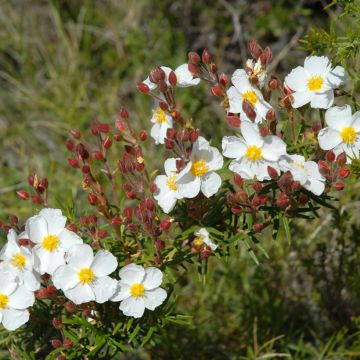
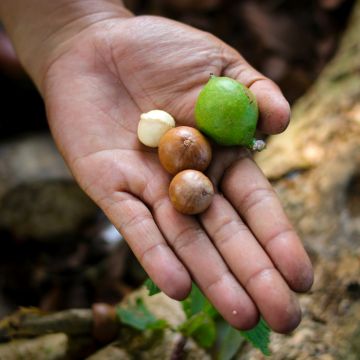

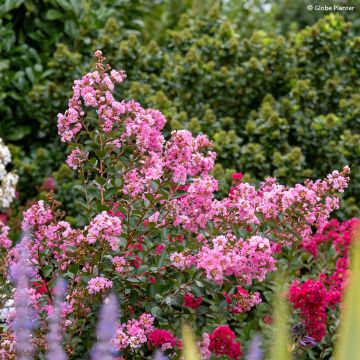
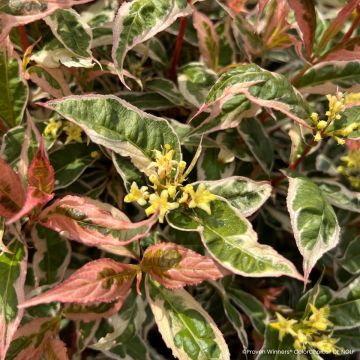
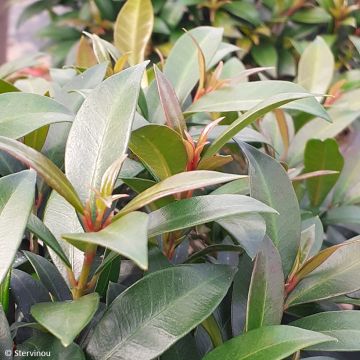
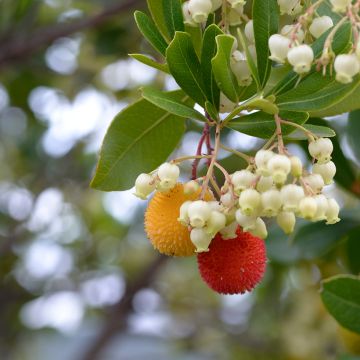
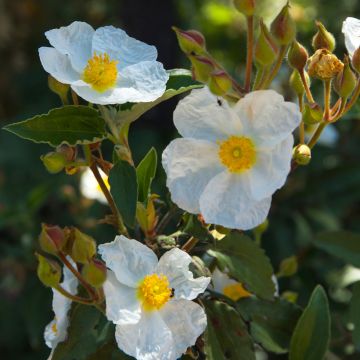
Comments